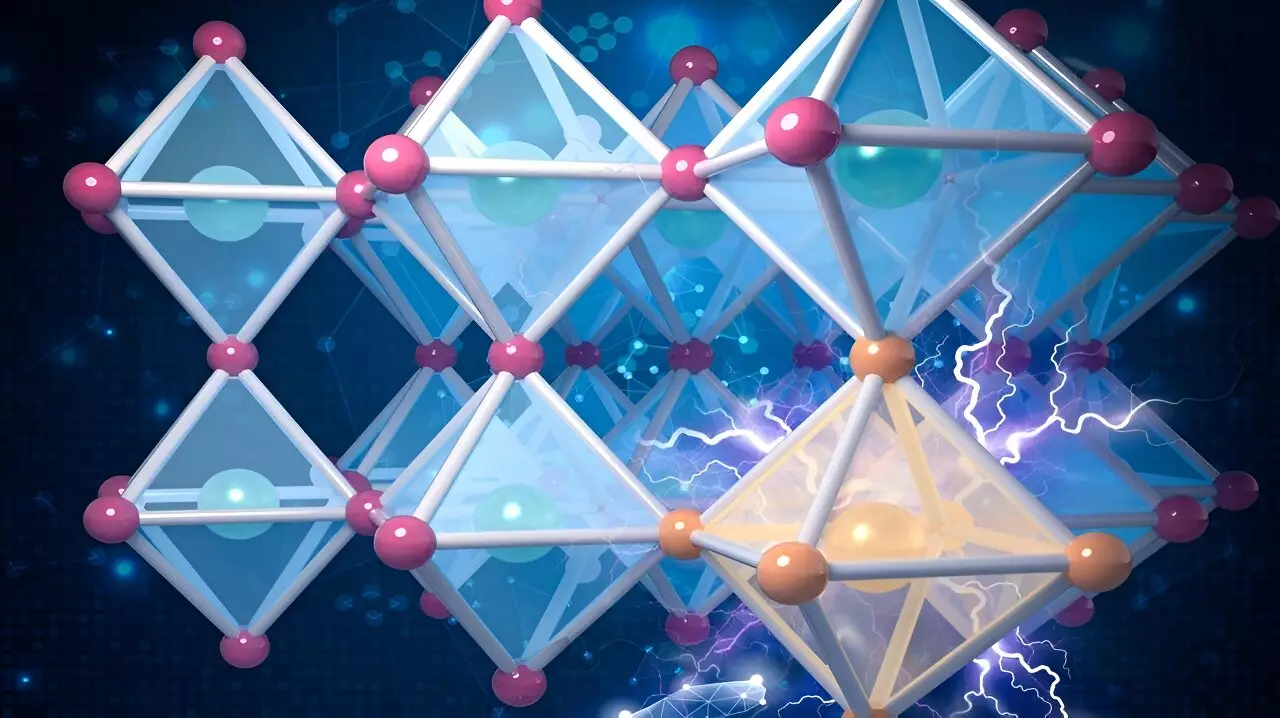The quest for more efficient and cost-effective materials for solar cells has been a driving force in the renewable energy industry. With a shift towards incorporating solar energy into our daily lives, the need to find materials that can efficiently convert sunlight into electricity has never been greater. While silicon has been the go-to material for solar technology, a new contender has emerged in the form of perovskites – known for their lower costs and simpler manufacturing processes. However, the challenge lies in finding perovskites with the right “band gap” – a specific energy range crucial for absorbing sunlight and converting it into electricity without losing it as heat.
Recently, an EPFL research project led by Haiyuan Wang and Alfredo Pasquarello, in collaboration with researchers in Shanghai and Louvain-La-Neuve, has developed a groundbreaking method using machine learning to search for optimal perovskite materials for photovoltaic applications. This innovative approach holds the potential to revolutionize the solar industry standards by paving the way for more efficient and affordable solar panels.
The researchers started by curating a comprehensive dataset of band-gap values for 246 perovskite materials. This dataset was constructed using advanced calculations based on hybrid functionals, which are more sophisticated than the conventional Density Functional Theory (DFT). By incorporating electron exchange and electronic polarization properties into the calculations, the accuracy of band-gap predictions was significantly enhanced – a critical factor for materials like perovskites where electron interaction plays a vital role in their electronic properties.
Machine Learning Model
Utilizing the band-gap calculations, the research team developed a machine learning model trained on the 246 perovskites. This model was then applied to a database of approximately 15,000 candidate materials for solar cells, effectively narrowing down the search to the most promising perovskites based on their predicted band gaps and stability. The outcome was the discovery of 14 new perovskites, all exhibiting optimal band gaps and high energetic stability – making them prime candidates for high-efficiency solar cells.
Implications for Solar Energy
This groundbreaking research showcases the potential of using machine learning to accelerate the discovery and validation of new photovoltaic materials. By streamlining the process, costs can be reduced, and the adoption of solar energy can be expedited. This not only helps in reducing our reliance on fossil fuels but also contributes to the global effort to combat climate change.
The integration of machine learning with advanced computational techniques has opened up new possibilities in the field of solar energy. The discovery of 14 new perovskite materials for solar cells highlights the immense potential for innovation in renewable energy sources. As we continue to strive towards a sustainable future, research projects like this provide a glimmer of hope in the fight against climate change.



Leave a Reply